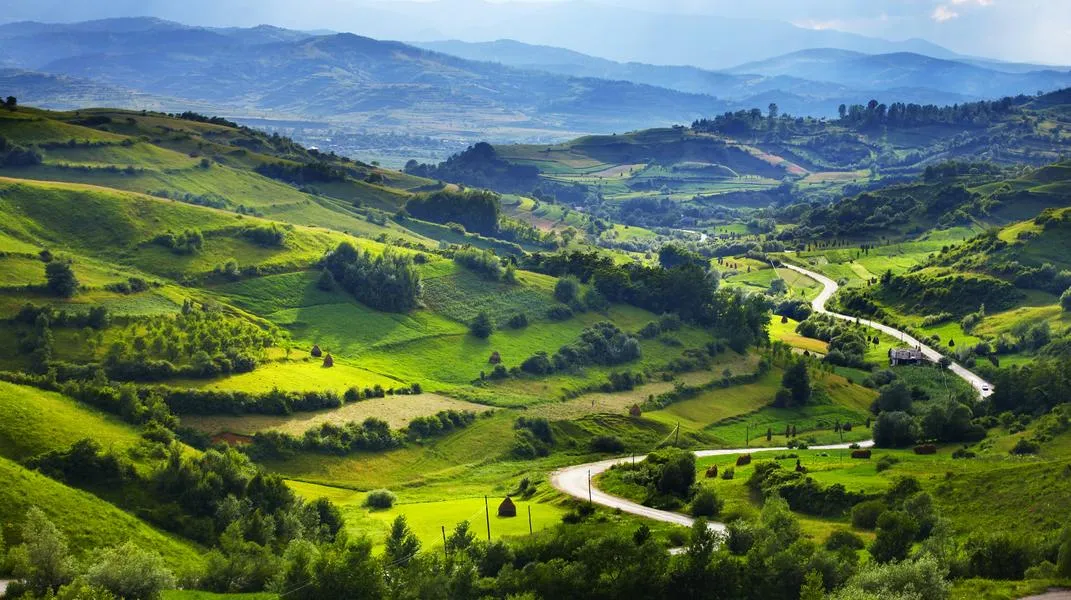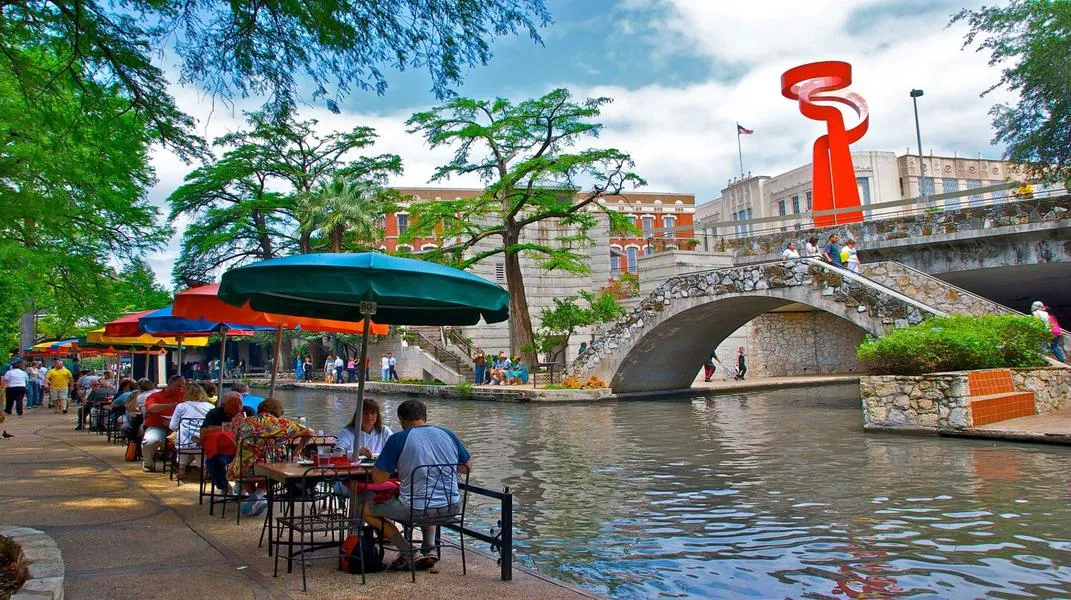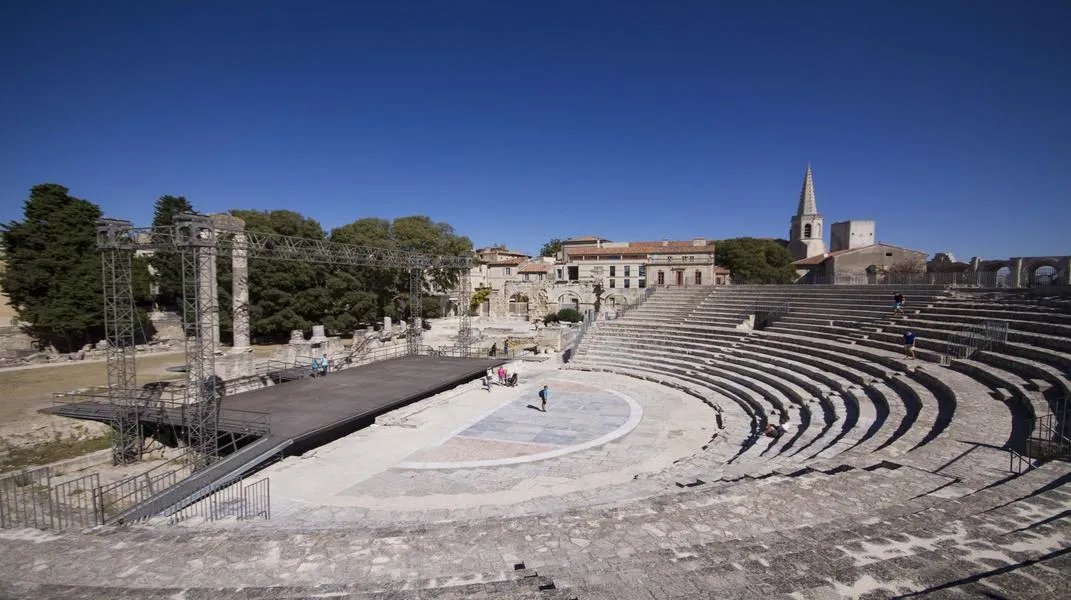Discovering Assisi: A Journey into History, Spirituality, and Natural Beauty
Nestled in the verdant hills of Umbria, Italy, Assisi is more than just a picturesque town; it is a pilgrimage site that resonates with history, spirituality, and breathtaking landscapes. Famous as the birthplace of St. Francis, the patron saint of animals and the environment, Assisi attracts millions of visitors each year. This article will take you on a detailed exploration of Assisi, highlighting its key attractions, cultural significance, and practical tips to prepare for your visit.

The History of Assisi
Assisi's roots trace back to ancient times, with evidence of human settlement dating back to the pre-Roman era. The town flourished under Roman rule, evident in its well-preserved ruins, including the Temple of Minerva and the Roman amphitheater. However, it was during the medieval period that Assisi gained prominence, primarily due to St. Francis of Assisi, who founded the Franciscan Order in the early 13th century. His teachings emphasized humility, love for nature, and a deep connection with God, which still resonate throughout the town.
Key Attractions
1. Basilica of San Francesco d'Assisi
The Basilica of San Francesco is the crown jewel of Assisi and a UNESCO World Heritage site. Constructed shortly after St. Francis's death in 1226, the basilica consists of two churches: the Upper Basilica and the Lower Basilica.
- Upper Basilica: Known for its stunning Gothic architecture, the Upper Basilica houses remarkable frescoes by artists like Giotto, depicting the life of St. Francis. The vibrant colors and intricate details transport visitors back to the 13th century, offering a glimpse into the life and teachings of this revered saint.
- Lower Basilica: This part of the basilica is more somber and contains the tomb of St. Francis. The atmosphere here invites reflection and contemplation, making it a sacred space for many pilgrims.
2. Basilica of Santa Chiara
Another significant site in Assisi is the Basilica of Santa Chiara, dedicated to St. Clare, a follower of St. Francis and the founder of the Poor Clares. The basilica is adorned with beautiful Gothic architecture and contains the crucifix that spoke to St. Francis, urging him to rebuild the church. The remains of St. Clare are interred here, drawing many visitors seeking spiritual connection.
3. Rocca Maggiore
For those who enjoy panoramic views and a touch of adventure, a visit to the Rocca Maggiore is essential. This medieval fortress, perched atop a hill, offers a stunning vista of Assisi and the surrounding countryside. Although the climb can be steep, the breathtaking scenery and the historical significance of the fortress make it worthwhile.
4. Piazza del Comune
The heart of Assisi, the Piazza del Comune, is surrounded by historical buildings, including the Temple of Minerva, which is now a church. The square is a lively spot, often filled with street performers, local artisans, and cafés where visitors can enjoy authentic Italian cuisine while soaking in the vibrant atmosphere.
5. Eremo delle Carceri
Located a few kilometers from the town center, the Eremo delle Carceri is a serene hermitage where St. Francis and his followers retreated for prayer and contemplation. The tranquil surroundings, dense forests, and rugged cliffs make it a perfect spot for those seeking solitude and connection with nature. The hermitage itself is simple yet spiritually enriching, with chapel spaces and paths for quiet reflection.
6. San Damiano
The San Damiano convent is another significant site linked to St. Francis and St. Clare. It was here that St. Francis received the message from Christ to "rebuild my church." The convent is surrounded by olive groves and offers lovely views of the valley below, making it a peaceful retreat for visitors.
7. Natural Wonders
Beyond its historical and spiritual significance, Assisi is also blessed with natural beauty. The surrounding hills offer numerous hiking trails, allowing visitors to explore the lush Umbrian countryside. The nearby Monte Subasio Natural Park is a haven for outdoor enthusiasts, with opportunities for hiking, birdwatching, and enjoying the region's diverse flora and fauna.
Preparing for Your Visit
Planning Your Trip
1. When to Visit
The best time to visit Assisi is during the spring (April to June) and fall (September to October) when the weather is mild, and the tourist crowds are smaller. Summer can be hot and busy, while winter may bring colder temperatures and occasional snowfall.
2. How to Get There
Assisi is easily accessible by train or car. The nearest major city is Perugia, approximately 15 kilometers away, which has a train station connecting to Assisi. If traveling by car, the town is conveniently located along the A1 motorway, making it a great stop on a larger tour of Tuscany and Umbria.
3. Where to Stay
Accommodations in Assisi range from luxury hotels to charming bed-and-breakfasts. Popular areas to stay include the historic center, which offers proximity to major attractions, and the surrounding countryside for those seeking tranquility. Booking in advance is recommended, especially during peak tourist seasons.
Essential Materials for Your Visit
To make the most of your visit to Assisi, consider preparing the following materials:
1. Travel Guide or Map
A travel guide or map of Assisi is invaluable for navigating the town's winding streets and locating key attractions. Many guides also provide historical context and insights into the significance of various sites.
2. Comfortable Footwear
Assisi's cobblestone streets and hilly terrain require comfortable footwear. Opt for sturdy walking shoes to ensure a pleasant experience as you explore the town and its numerous attractions.
3. Camera or Smartphone
The picturesque scenery and historical architecture make Assisi a photographer's paradise. Bring a camera or smartphone to capture the stunning views, intricate frescoes, and charming streets.
4. Notebook or Journal
For those interested in reflection or journaling, a notebook can be a wonderful companion. Many visitors find that the spiritual atmosphere of Assisi inspires contemplation, making it a perfect place to jot down thoughts and experiences.
5. Light Layered Clothing
The weather in Assisi can change throughout the day, so wearing layered clothing is advisable. Mornings and evenings can be cool, while midday can be warm, especially in summer. A light jacket or scarf can be useful.
6. Water Bottle
Stay hydrated while exploring. Carry a reusable water bottle, as there are public fountains throughout Assisi where you can refill with fresh spring water.
7. Local Currency
While many places accept credit cards, it’s always a good idea to have some local currency (Euros) on hand for small purchases, such as local crafts, snacks, or entrance fees to attractions.
Cultural Etiquette
When visiting Assisi, it's essential to respect the local customs and traditions. As a town deeply rooted in spirituality, visitors should maintain a respectful demeanor, particularly in churches and sacred sites. Dress modestly when entering places of worship, and speak softly in quiet areas.
Conclusion
Assisi is more than a destination; it is an experience that touches the soul. With its rich history, spiritual significance, and stunning landscapes, it offers a unique opportunity for reflection and connection with nature and the divine. Whether you are a pilgrim seeking spiritual enlightenment, a history buff eager to explore medieval architecture, or simply a traveler looking for beauty and tranquility, Assisi has something to offer everyone.
As you prepare for your journey, take time to appreciate the profound legacy of St. Francis and the serene charm of this enchanting town. Assisi will not only leave you with memories of its breathtaking sights but will also inspire you to carry its spirit of peace and love into your daily life.




